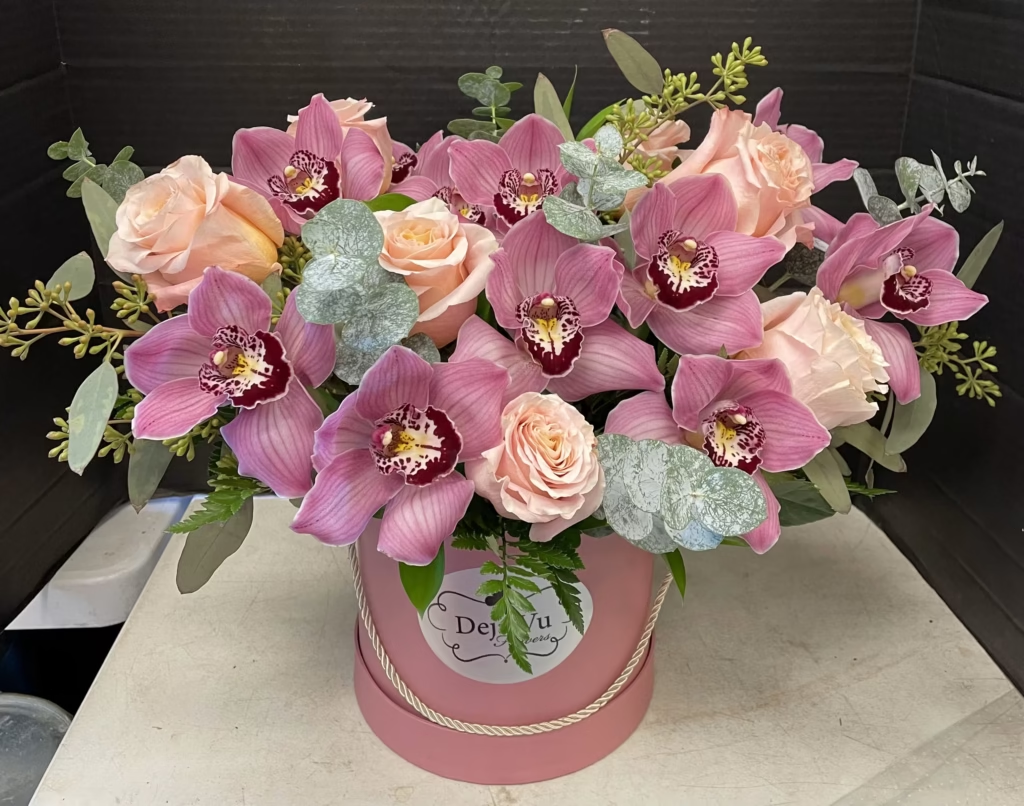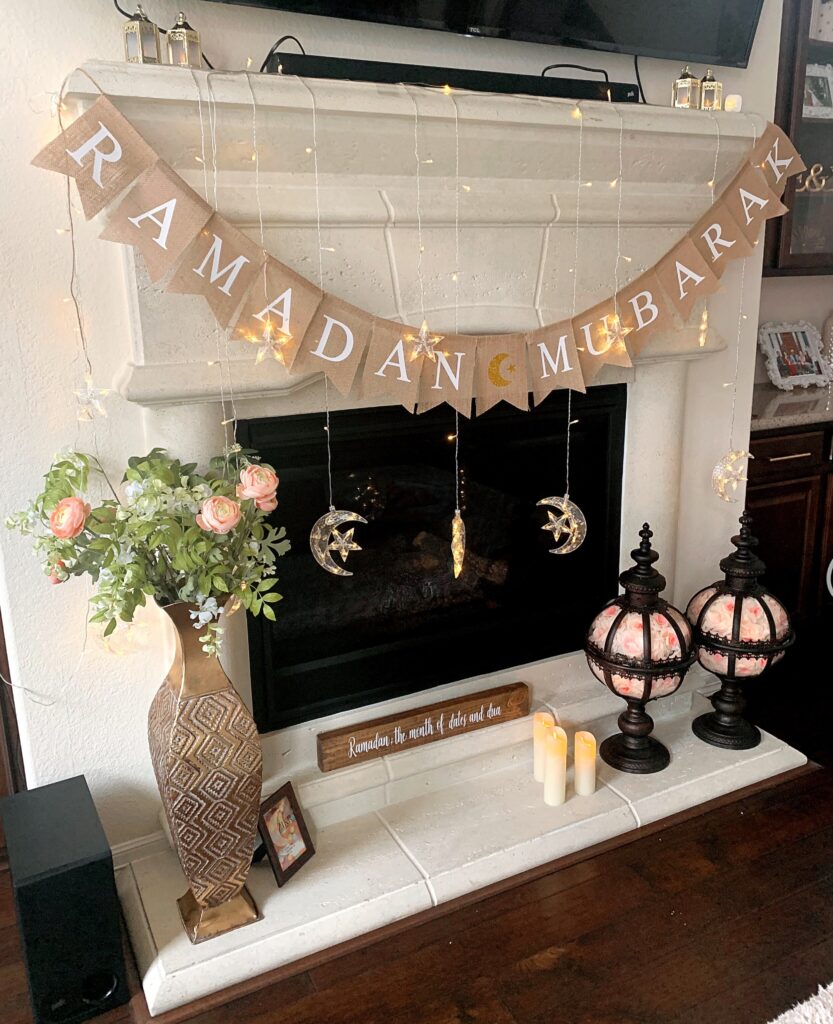Modern Faux Flower Trends from Middle Eastern Decor Buyers
Middle Eastern faux flower trends are redefining how B2B buyers approach décor—from luxury hotels in Dubai to family gatherings during Eid. These trends combine cultural symbolism, climate practicality, and high-end styling.
These Middle Eastern faux flower trends are redefining product sourcing, as more B2B clients prioritize cultural relevance and long-term value.

At Botanic Blossoms, I’ve worked closely with buyers across Saudi Arabia, UAE, and the Gulf region. These clients look for more than just beautiful products—they need flowers that align with their traditions, event requirements, and interior design goals. This guide breaks down the styles, use cases, and strategic positioning that drive today’s Middle Eastern faux flower trends.
Top Flower Styles Preferred in Middle Eastern Markets?
Large, layered roses, lifelike orchids, and real-touch lilies are the most requested styles among high-end clients. These flowers are used for weddings, corporate events, and retail staging. The preference leans heavily toward realistic textures and oversized blooms that convey hospitality and elegance.

Our Summer 2025 Styling Report shows how clients are blending classic florals with regionally inspired vases and textures.
How Buyers Use Faux Flowers for Religious & Home Decor?
Beyond weddings, faux flowers play a vital role in Ramadan décor, family prayer spaces, and majlis lounges. These settings call for neutral tones, respectful arrangements, and a balance between simplicity and grace.

We’ve delivered Ramadan centerpieces to homes in Jeddah and Dubai featuring cream tulips and eucalyptus. The symbolism of lasting peace and spiritual purity is deeply embedded in every choice. These traditions stem from historic floral craftsmanship like Nakhlband—a centuries-old Persian artificial flower art.
Color Combinations That Resonate Regionally?
Gold, cream, deep green, and burgundy dominate the regional palette. These colors express luxury, generosity, and heritage. Our team frequently customizes bouquets to match interior palettes across villas and resorts in Doha, Abu Dhabi, and Muscat.
This attention to color precision ensures our designs align with Middle Eastern faux flower trends across the Gulf region.

For professional examples, Hospitality News Magazine showcases how these palettes shape floral choices in hotel and retail environments.
Real Buyer Feedback from Saudi Arabia and UAE?
Our clients emphasize the importance of realism, UV protection, and custom packaging. A client in Riyadh noted that their guests “won’t accept flowers that look plastic or fade in sun.” Since adding anti-fade coatings, that client has renewed quarterly orders consistently.
FAQs
- What faux flowers sell best in the Middle East? Roses, lilies, orchids, and peonies with lifelike petals and real-touch stems.
- What color palettes are preferred? Warm, luxurious tones like gold, olive green, burgundy, and ivory.
- Do clients care about material? Yes—silk, PU, and velvet-touch finishes are mandatory for upscale buyers.
- What do buyers use them for? Prayer rooms, majlis lounges, Ramadan setups, weddings, retail visuals, and hotel lobbies.
- Is packaging important? Extremely—heat-resistant, dustproof, and giftable packaging is often requested.
- What marketing terms perform best? “Ramadan-ready,” “UV-resistant,” “luxury centerpiece,” and “Eid decor” generate strong engagement.
- Do bulk buyers reorder? Frequently—especially event planners, home retailers, and boutique hotel designers.
- Should suppliers offer catalogs in Arabic? Not required, but bilingual brochures increase conversion and trust.
- What is the average order volume? From 300 units for homes to 3,000+ for wedding and retail chains.
- Where can I learn more about regional flower design? See our Wedding Trend Report 2025 for expanded case studies.
